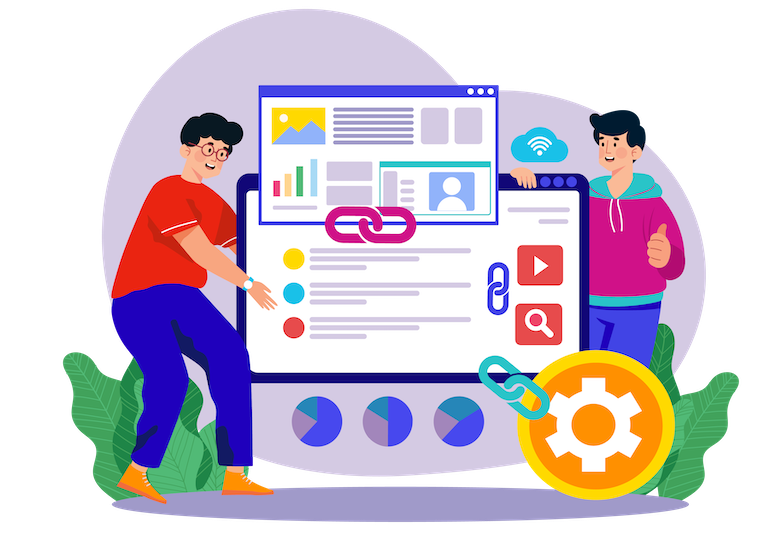
Do you have a hard time comprehending what “nofollow”, “noreferrer” and “noopener” mean? To put it plainly, these are HTML attributes that help control how search engine bots handle external links. We utilize them to enhance a site’s SEO, but they can also significantly affect the user experience. It is vital to know precisely what these attributes do to decide if using them on your web page could be advantageous.
The nofollow tag is something website owners use when they don’t want search engines to pursue the connections on their pages. This means that any link on a page won’t be followed or tracked by robots. This can come in handy if you want to avoid your outbound links appearing as though they’re endorsing specific content. It’s also useful for those wishing to keep bots away from certain portions of their website. The nofollow tag has been around since 2005 and is still used quite widely even now – a testament to how powerful this approach is!
In contrast, the noreferrer attribute lets search engine robots know not to include referral information when they follow a link from one page to another. This means that any outgoing links won’t reveal where it all started – essentially making them more anonymous than usual. This can be beneficial if you don’t want other sites to know which pages are linked back to yours – though this isn’t often seen due to security measures in modern browsers.
Finally, the noopener attribute tells web browsers not to open an extra window when launching an external link from a page. This comes in handy if you have several tabs open on a similar site and would rather avoid each connection opening up its own tab, as things could get chaotic for some users fast. It’s important to remember that using this feature doesn’t stop people from manually copying and pasting URLs into their browser, bypassing your safety efforts – it just prevents automated programs from doing so without user intervention.
To sum up, “nofollow,” “noreferrer,” and “noopener” is a set of attributes helping to make sure the links on your website are secure. They help stop malicious Referrers from getting into websites and guard against Target Blank link attacks as well as those pesky noopener exploits. It’s not difficult to implement these attributes – just take a few clicks, and they’re good to go! Making them an essential part of any site’s safety strategy should be one of your top priorities; it could mean you have the peace of mind that comes with being safe online for years ahead. If you need assistance implementing these on your website, contact us today. We are always here to help!

